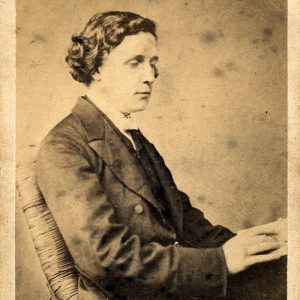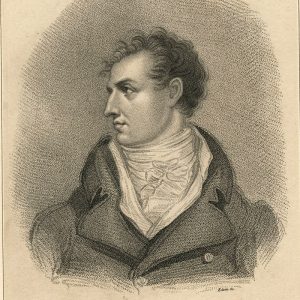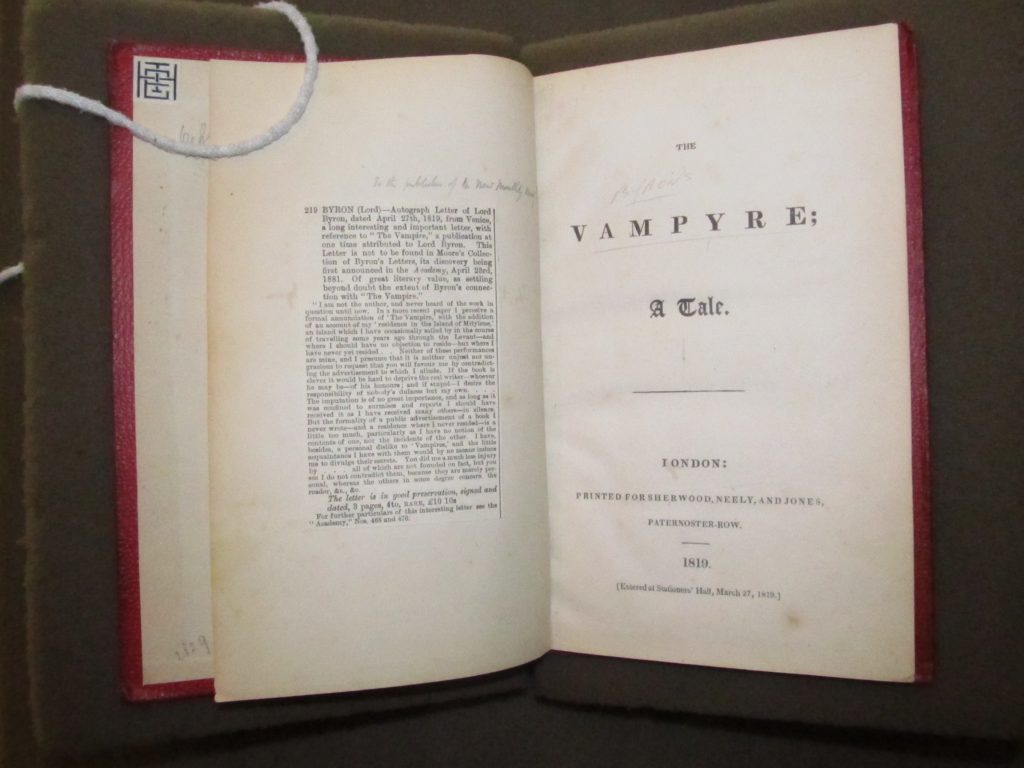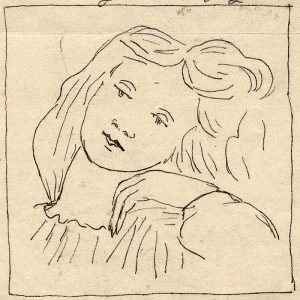Everyone in this world is connected, but some are more closely related than others. Scholars of Kevin Bacon analysis will understand this concept of degrees of separation, but may be surprised to learn that it can also be applied to other significant figures; for example, Alice in Wonderland author Charles Dodgson (more commonly known as Lewis Carroll) is only a few degrees of separation from poet Lord Byron. Clearly, each of these men are significant in their literary achievements, but right now, we’re all about their literary connections.

Lewis Carroll was a shy, quiet man who is said to have been more comfortable in company of children, making him the perfect candidate to write books for kids. Lord Byron, on the other hand, was flamboyant and social, leading us to hypothesize that if these two had met at a party, things would have been awkward. Fortunately for us, these two men are not bonded by cheap beer and forced conversation, but instead by a small but powerful web of connections. We begin our research with Byron.

George Gordon, Lord Byron, was a Romantic poet renowned for his freethinking, revolutionary, and very frequently fashionable style of living. He was also known for his creation of the Byronic hero archetype, a collection of protagonists who were characterized by being moody, guilt-ridden, sarcastic, and downright “complicated.” This popular character portrayal may have been significantly influenced by Byron’s own demeanor, but even despite his character flaws, Byron was able to continuously surround himself with a crowd of literary greats.
One member of this “squad” was Byron’s physician, John Polidori. As a fully initiated Byromanic (which is not a scientific term), Polidori was in attendance at Byron’s Lake Geneva cabin during the historically significant summer of 1816, where the future Mary Shelley would write Frankenstein. Polidori himself would end up writing The Vampyre during this summer, crediting him with creating the first full vampire story in English.

For our purposes, it is significant that John Polidori’s sister, Frances Polidori, married Gabriele Rossetti, an Italian exile and one more poet to add to the literary web. This brings us to the Rossetti family, who have enough connections alone to lead all the way back to Kevin Bacon himself. The family was filled with artistic minded individuals, like poet Christina Rossetti and poet/painter Dante Gabriel Rossetti, and therefore enjoyed interacting with other artists and poets, engaging in activities related very closely to art and poetry. Some of these activities, inevitably, were seemingly worthy of documentation. That is where Lewis Carroll comes in.
As an accomplished mathematician and novelist, Lewis Carroll would seem to already have enough marketable skills to enter the world of the Rossettis, but in reality it was his work in photography that initially solidified the connection as a portrait photographer for the family. Once embedded in the world of the Rossettis, the shy but creative Carroll may have taken inspiration from various aspects of the family’s household, such as its abundance of mirrors, or variety of animals, for works like Alice in Wonderland or Through the Looking Glass. While it is not certain how exactly Carroll made use of this Rossetti connection, it is abundantly clear that they were hanging out, making art, getting inspired, and overall, being connected.

Carroll possessed several prints and photographs of artwork by Dante Gabriel, who passed away in 1882; this image is a tracing Dodgson made of one such artwork, included in a 1883 letter to Christina Rossetti offering to send her some prints by “the late Mr. D.G.R.”
In summary:
- Lord Byron to John Polidori (patient/doctor)
- John Polidori to Frances Polidori (brother/sister)
- France Polidori to Gabriele Rossetti (wife/husband)
- Gabriele Rossetti to Christina and Dante Gabriel Rossetti (father/children)
- Rossetti siblings to Lewis Carroll (friends)
The results of this analysis lead us to the conclusion that Lord Byron and Lewis Carroll are in fact connected in fewer than six degrees, and that this finding may indicate the general “smallness” of the literary community, even for writers who are seemingly worlds apart. In light of this research, we propose additional analysis of the potential connections lurking in the world of words, as well as between the literary greats of the past and the cinematic masters of the present. Indeed, we are still thinking about Kevin Bacon here. The world, we have learned, is more connected than one might believe. We recommend taking a look at the world around you, as connections can come from anywhere, if only you decide to jump down that rabbit hole.
Emma Seely is an advancement intern for the Rosenbach. She is an English and psychology double major at Saint Joseph’s University. To follow Emma and her other literary exploits, check out her blog, Poems of Philadelphia.
